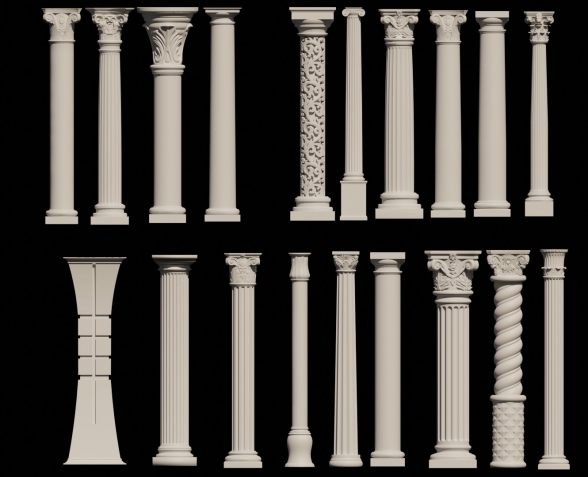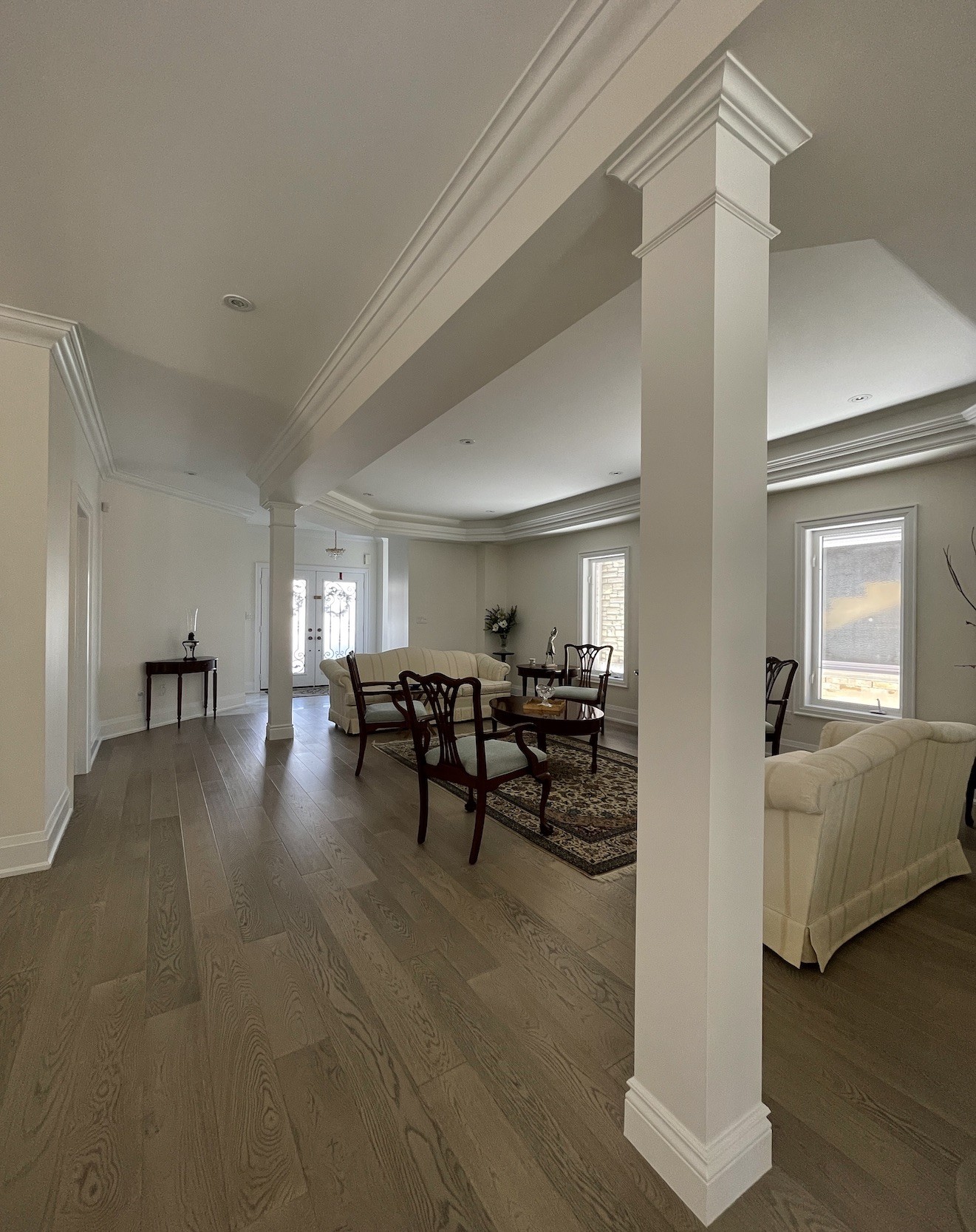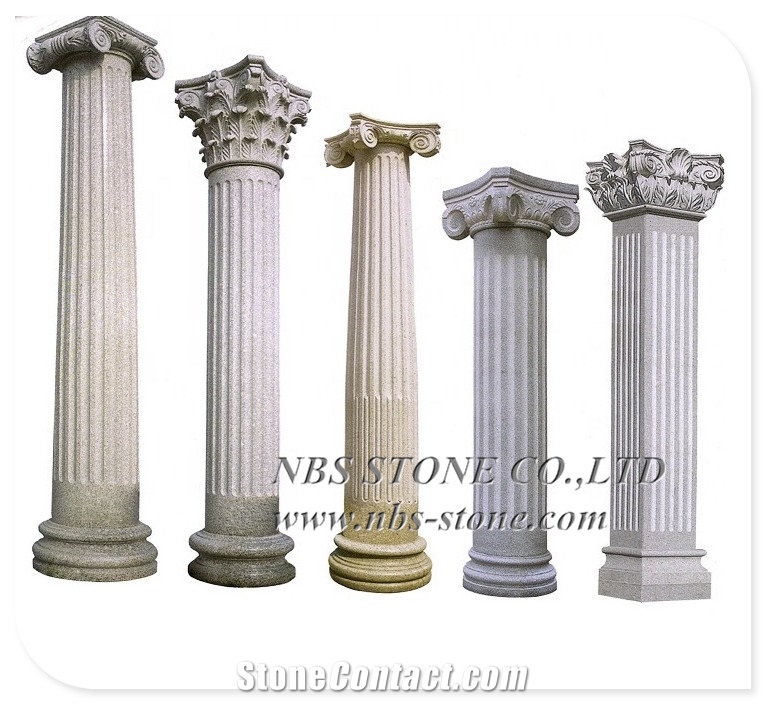When it comes to enhancing the aesthetic appeal of a home or commercial space, decorative pillars and columns are often a go-to choice. Having spent years exploring various design elements in architecture, I can confidently say that these features are not only functional but also serve as stunning focal points in any setting. In this comprehensive guide, we will delve into everything you need to know about decorative pillars and columns, including their types, installation process, and tips on how to incorporate them into your design.
What Are Decorative Pillars and Columns?
Decorative pillars and columns are vertical structural elements that provide support to a building or structure while offering ornamental appeal. They can be found in various styles, materials, and sizes, allowing for versatility in design. Whether used in traditional or modern architecture, their beauty and functionality make them essential components of many spaces.
The Difference Between Pillars and Columns
Though often used interchangeably, there is a subtle difference between pillars and columns:
- Pillars: Typically larger and more robust, pillars can be either decorative or structural and are often square or rectangular.
- Columns: Generally cylindrical and more slender, columns are primarily structural but can be highly decorative and detailed.
Types of Decorative Pillars and Columns
There are various types of decorative pillars and columns, each with unique characteristics that cater to different design preferences. Here are some popular styles:
Classical Columns
Classical columns are inspired by ancient Greek and Roman architecture. They are usually classified into three main styles:
- Dorico: Simple and sturdy, these columns feature a plain capital and no base.
- Ionic: Recognizable by their scroll-like capitals, Ionic columns add a touch of elegance.
- Corinthian: The most ornate of the three, Corinthian columns feature intricate leaf designs.

Modern Pillars
Modern pillars often incorporate clean lines, minimalistic designs, and unconventional materials such as glass, steel, or even concrete. These pillars offer a contemporary twist to traditional architecture.
Decorative Wooden Columns
Wooden columns can add warmth and character to a space. They are often used in rustic and farmhouse-style designs and can be customized with various finishes, textures, and colors.

Fiberglass Columns
Fiberglass columns are lightweight, durable, and easy to install, making them a popular choice for both indoor and outdoor applications. They can mimic the look of traditional materials like stone or wood without the associated weight.
Advantages of Using Decorative Pillars and Columns
Integrating decorative pillars and columns into your design offers several benefits:
- Aesthetic Appeal: They enhance the beauty of any space, serving as striking design elements.
- Structural Integrity: They provide essential support for roofs, ceilings, and other structural elements.
- Versatility: Available in various styles and materials, they can complement different architectural themes.
- Increased Property Value: Exceptional design features can enhance the marketability and value of your home.

Incorporating Decorative Pillars and Columns in Your Space
When deciding how to incorporate pillars and columns into your design, consider the following:
Indoor Applications
Pillars can be integrated into various indoor settings, such as:
- Entryways: Grand entranceways with decorative columns create an inviting atmosphere.
- Living Rooms: Use pillars to define spaces and draw attention to architectural features like fireplaces or artwork.
- Dining Areas: Columns can serve as separators between dining and living spaces while maintaining an open feel.

Outdoor Applications
For outdoor spaces, consider the following uses:
- Patios: Incorporating pillars can provide shade and structure to outdoor living areas.
- Gardens: Decorative columns can serve as unique plant supports or stand-alone features in your landscaping.
- Entrances: Use columns to frame entrances to your home or garden, creating a grand, welcoming feel.
DIY vs. Professional Installation
Before diving into your project, it’s essential to decide whether you’ll be tackling the installation yourself or hiring a professional. Here are some pros and cons of both approaches:

| Method | Pros | Cons |
|---|---|---|
| DIY Installation | Cost-effective; customized approach; personal satisfaction. | Requires tools and skills; potential for errors; time-consuming. |
| Professional Installation | Expertise and experience; faster installation; high-quality results. | Higher cost; less personal control over the process. |
Common Materials for Decorative Pillars and Columns
Choosing the right material for your decorative pillars and columns is crucial to achieving your desired look and functionality. Here are a few common materials with their pros and cons:

Concrete
Pros: Durable, weather-resistant, can be molded into various shapes.
Cons: Heavy, may crack over time without proper maintenance.
Wood
Pros: Warm and inviting, easy to customize, classic appearance.
Cons: Prone to rot and insects, may require regular maintenance.

Fiberglass
Pros: Lightweight, easy to install, resistant to weather damage.
Cons: May not have the same authenticity as wood or stone.
Stone
Pros: Elegant and timeless, very durable.
Cons: Expensive, heavy; requires professional installation.
Cost Considerations
The cost of decorative pillars and columns can vary significantly based on factors such as material, size, and installation method. Here’s a rough estimate of costs:
| Material | Cost Per Column |
|---|---|
| Wood | $100 – $300 |
| Fiberglass | $200 – $500 |
| Concrete | $300 – $800 |
| Stone | $500 – $1,500+ |
Maintenance Tips for Decorative Pillars and Columns
To ensure the longevity of your decorative pillars and columns, regular maintenance is essential. Here are some tips:
- Cleaning: Regularly clean your columns to prevent dirt build-up. Use gentle cleaners suitable for the material.
- Inspection: Periodically inspect for any signs of wear, damage, or pest infestations.
- Sealing: For wood and stone, applying a sealant can protect the material from moisture and damage.
FAQs About Decorative Pillars and Columns
1. Can I use decorative columns outdoors?
Yes, many decorative columns are designed for outdoor use. Choose materials that can withstand weather conditions, such as fiberglass or treated wood.
2. How do I choose the right size for my columns?
The size of the columns should be proportionate to the space they will occupy. Taller ceilings typically require larger, more substantial columns.
3. Are decorative pillars functional?
Yes, they can provide structural support while also serving as decorative elements.
4. Can I paint my decorative columns?
Absolutely! Painting can update the look of your columns and help them blend with your overall decor.
5. How can I make my decorative columns more unique?
Consider customizing your columns with unique finishes, colors, or decorative carvings to make them stand out.
In conclusion, decorative pillars and columns are outstanding features that can enhance both the beauty and functionality of your space. With a variety of styles and materials available, there’s no limit to how you can integrate these elements into your design. I hope this guide inspires you to explore the potential of decorative pillars and columns in your next project!